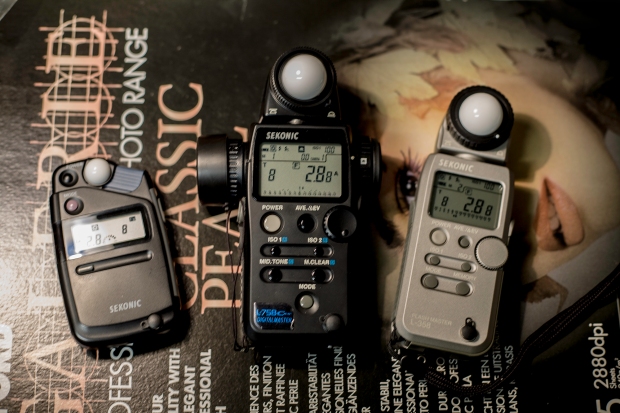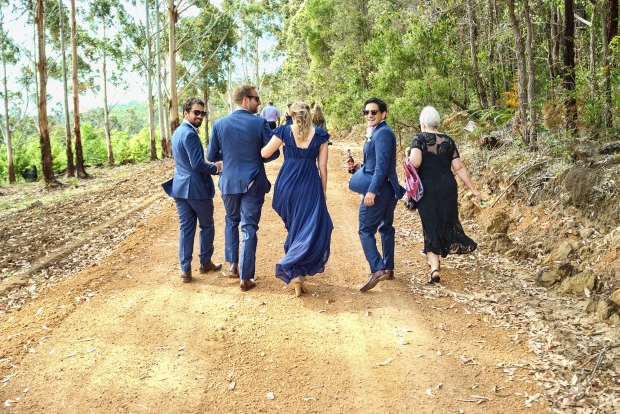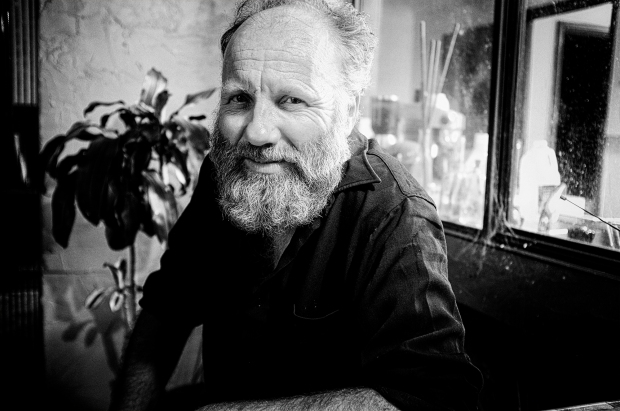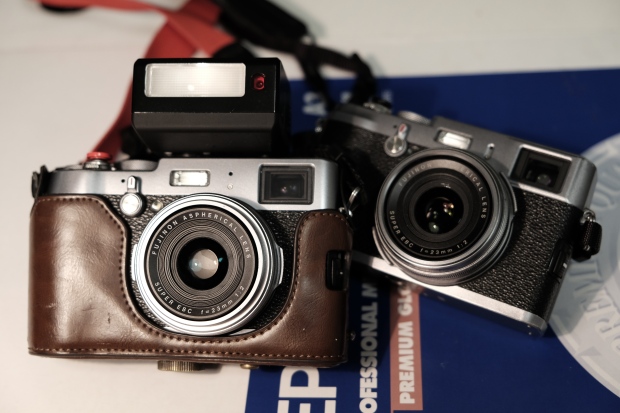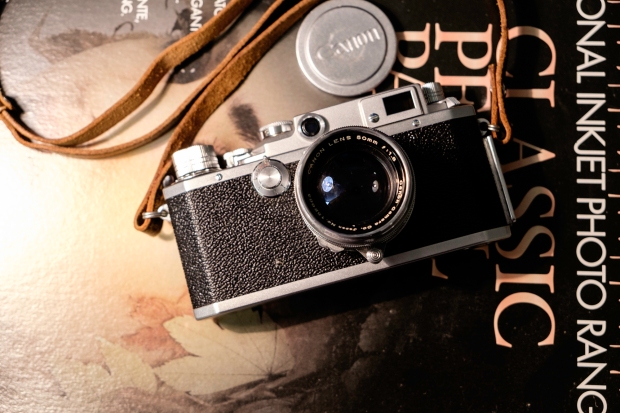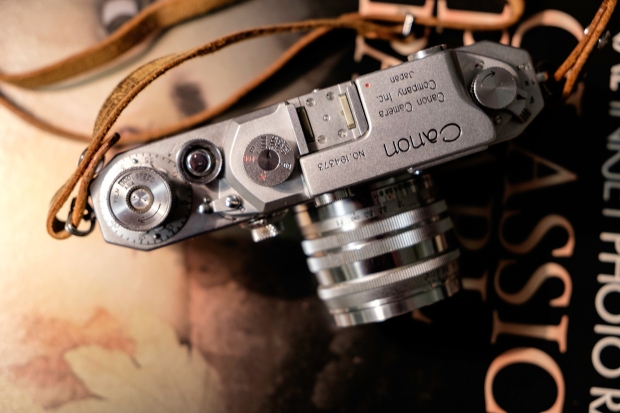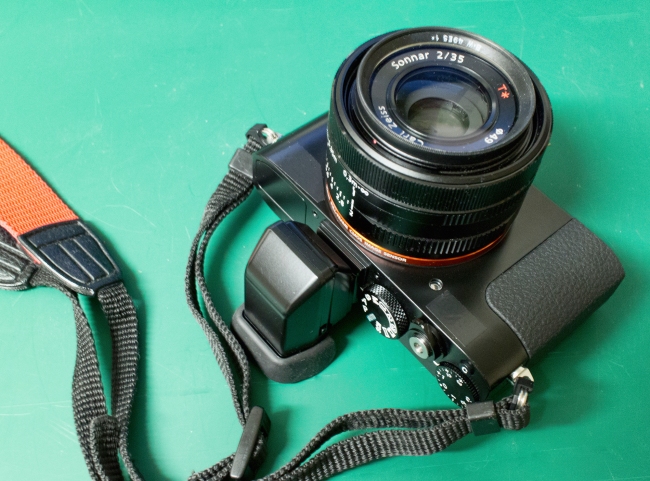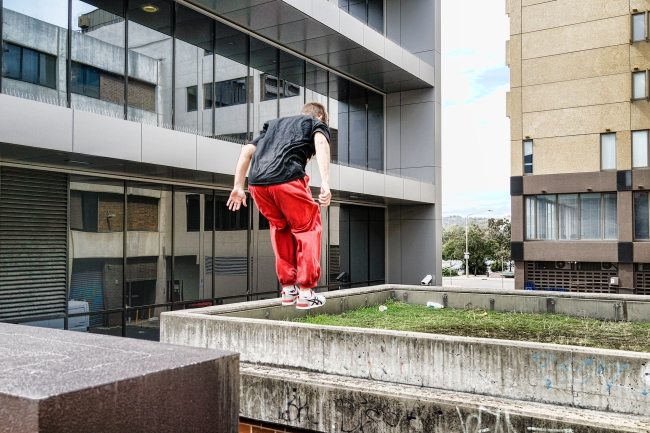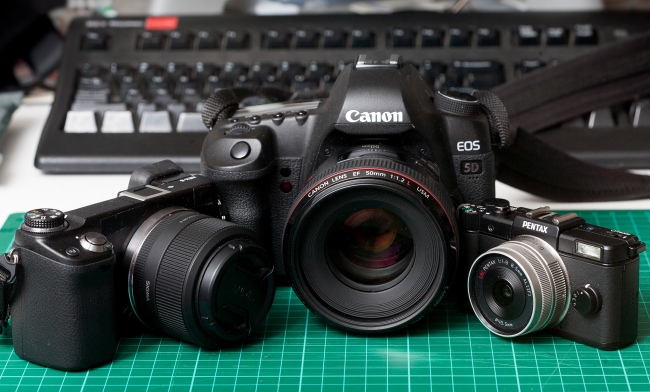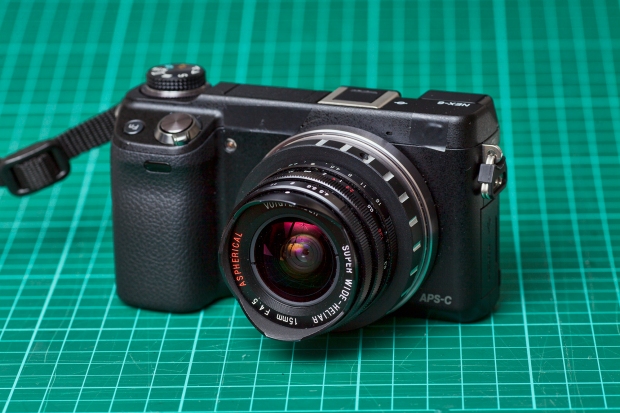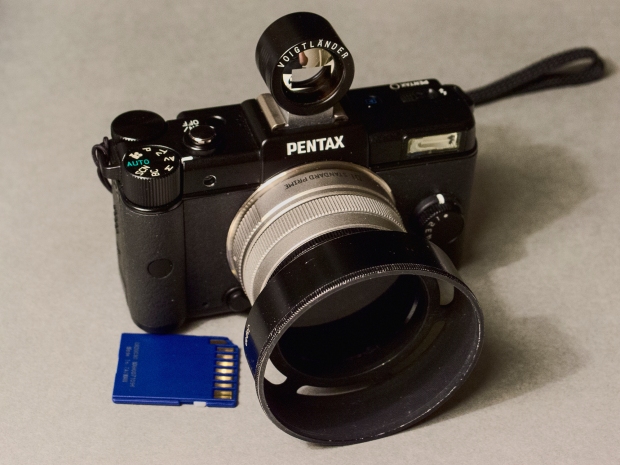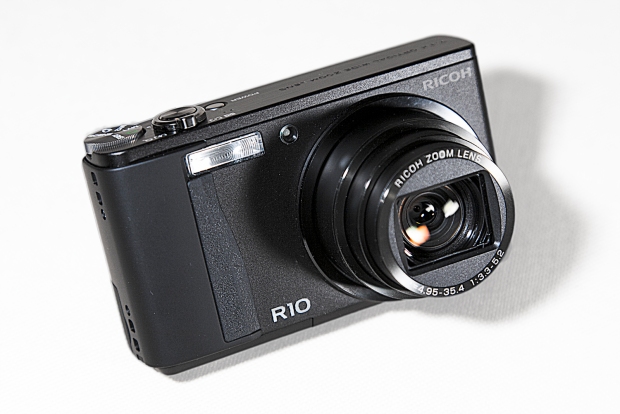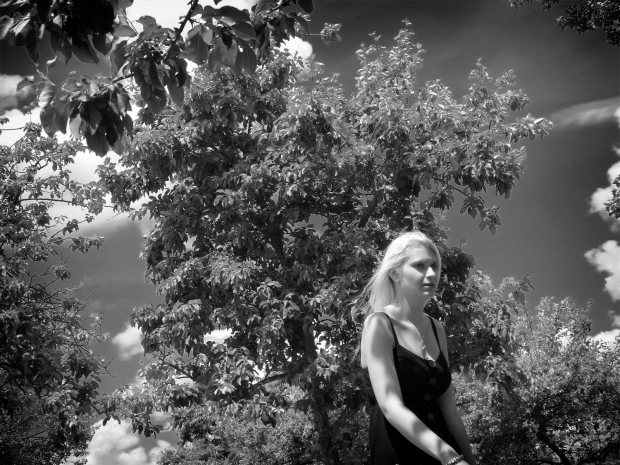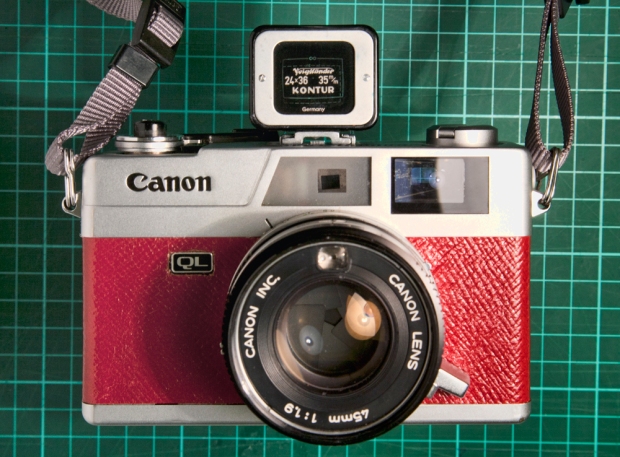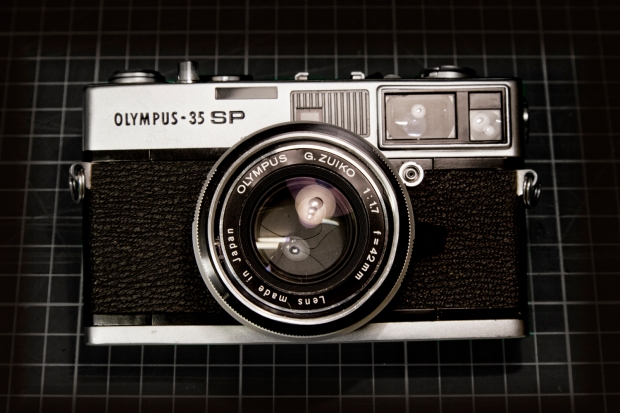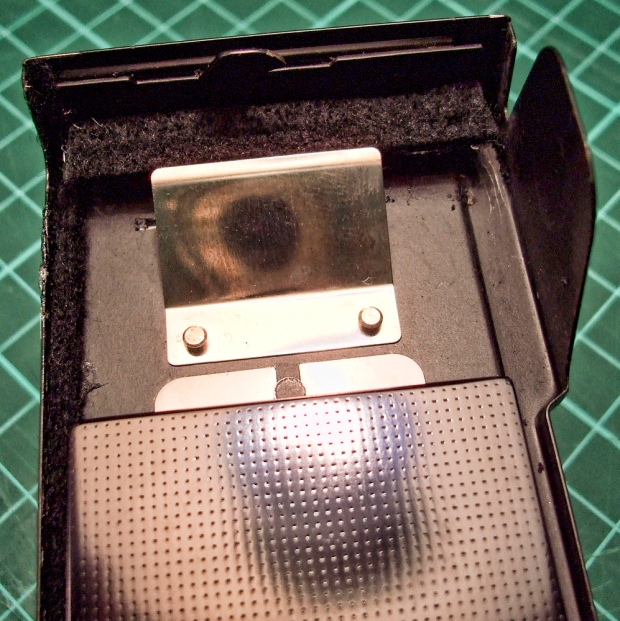Digital cameras are awesome. They have come so far in such a relatively short time, and I believe that they have overtaken film for quality. The push for resolution has improved lenses out of sight, and dynamic range is pushing boundaries too.
Automation has made us a bit lazy, though. Auto program / auto scene / auto exposure means that it is so easy just to push the button and make believe that we have captured a great image.
Nonsense, of course.
Exposure is still the key to technically great images. Modern cameras are pretty good at guessing the exposure for snapshots, but inevitably fail when confronted with a very light high key or a dark scene or objects. This is because auto exposure thinks everything is an 18% grey card and sets the exposure for this brightness and this brightness alone. This means that white subjects – think bridal dresses, snow scenes, beaches – are always underexposed as they are averaged to be the 18% gray card brightness. Plus 2 stops exposure brings them back to white, but the camera doesn’t know this is what is needed.
Blacks are also destroyed, again because the camera only seek 18% grey. Minus 2 stops makes a black tuxedo black again. Its too hard to remember this when you are shooting quickly, so there’s a better way.
The automation trap is easy to beat – use an exposure meter, specifically an incident light meter. An incident light meter reads the intensity of the light falling on the subject, illuminating it. It doesn’t “see” the scene and therefore try to interpret it, but rather renders a reading to make an 18% grey card properly exposed. It doesn’t cause underexposure of whites nor overexposure of blacks. It also ensures that human skin is properly exposed.
Which leads me to today’s post – Sekonic incident light meters.
I have 3 of them – an L-308B II Flashmate from between 1996 and 2005; an L-358 Flash Master from 2001 onwards, and a more recent L-758 Cine Digital Master from 2011 . Both of them are also capable of metering incident light for strobe photography as well as reflected light.
The L-308 is brilliant, and lives in my small bag. It’s only drawback is that you need to not lose its tiny accessory parts such as the “Lumidisc” that can be used for measuring exposures for flat surfaces such as paintings. It is so small you can keep in in your pocket ready for action. It runs off AA batteries, readily available anywhere.
The L 358 is my favourite of the three as it is small enough to pocket, has less extreme functions to confuse me with, and as it cost me so little if I lose it it won’t hurt. On the other hand, its big brother L-748 is hugely expensive, has a myriad ways to meter, including a 1 degree spot meter for reflected light readings. It can measure and report on illumination lux values as well as shutter and aperture combinations (which is why I have it – it was bought for setting up a room with specific illumination needs for a client – it did a great job then, but I’m a bit afraid of damaging or losing it given its replacement cost today. Another reason I love myL-358).
It performs without fail over a range of EV EV -9.9 to EV 40.1 (in 1/10 stop) for ISO 100, allows taking exposure measurements in virtually any kind of light.
The L758 is in a different class again. Bigger, possibly better made, it sports an optical finder for reflective measurements. It can measure and report values in lux, foot-candle, foot-lambert and cd/m2. A wider shutter angle for cine work is possible from 1 to 180° and adjustable filter factor. It is worth the bucks if you are going to use its features, but most of us won’t and so the small L358 (which is still in production) is a no-brainer.
They both run off a single Lithium CR123A cell for ages, which is a pain to find when it goes flat and the photo or electronic shops are closed, so buy two and keep a spare in your bag.
I have many other meters that I have acquired over the last few decades, including other Sekonic meters that need mercury batteries so are now in disuse, and a few Weston Master selenium meters. I shall dig them out and show these in another post as they are so darn pretty. Somewhere is a Gossen LunaSix meter which I have just remembered I posses too.
By the way – the photo for this post was metered with the Sekonic family – if I used the inbuilt meter the camera would have tried the old 18% grey trick for the black background. So – moral for this post – if you have an incident meter, use it – your results will only get better.
